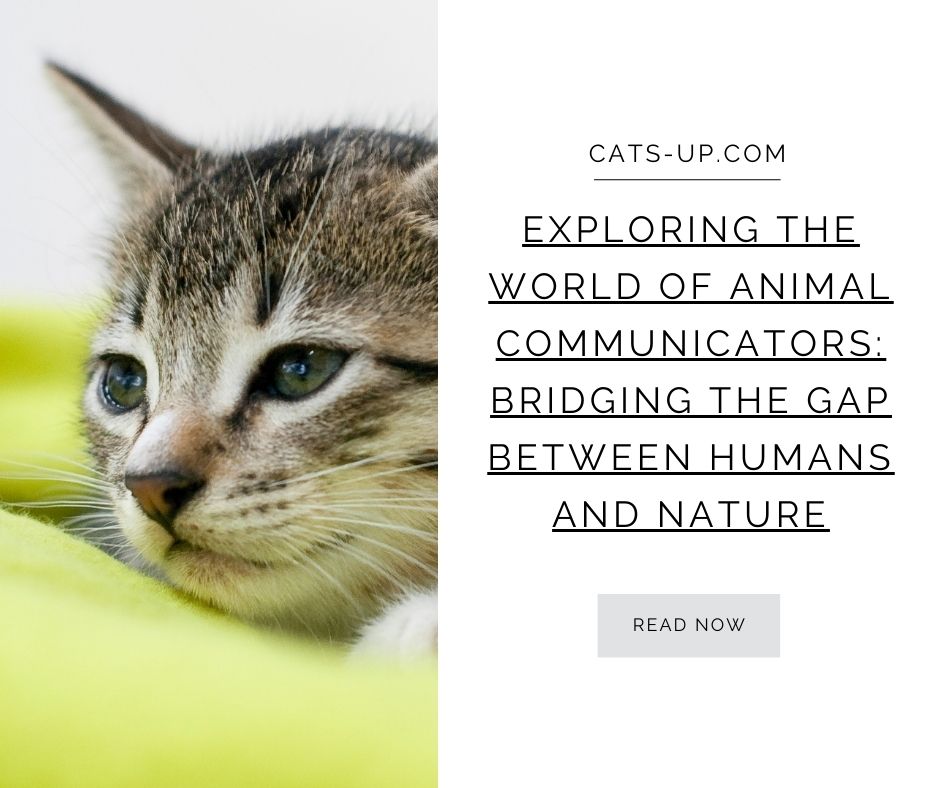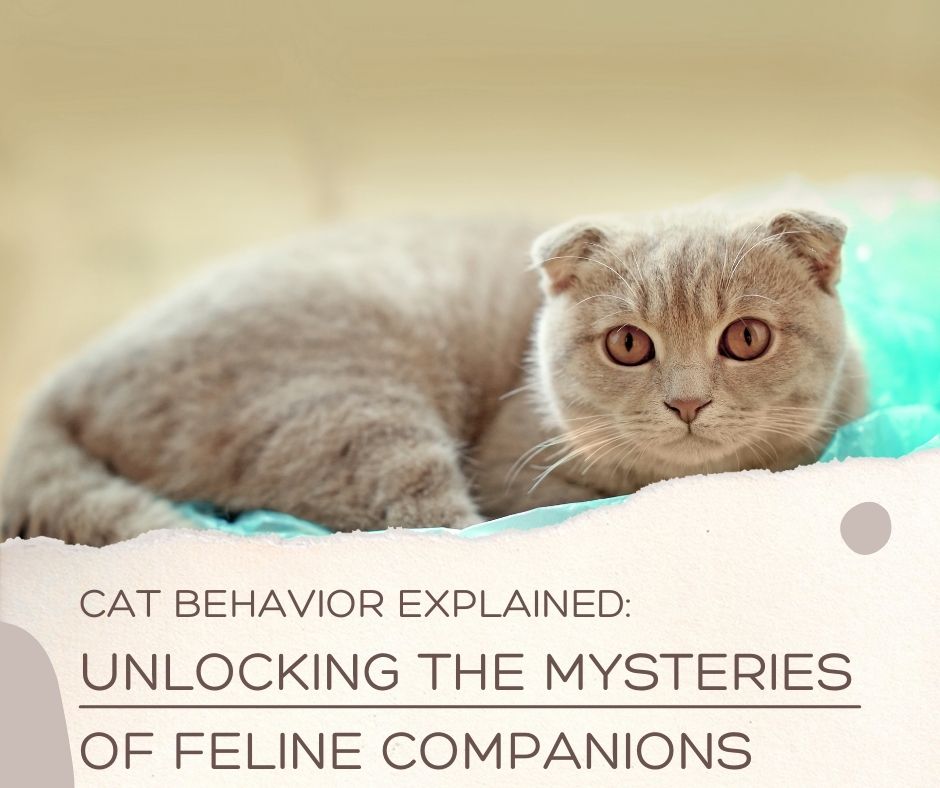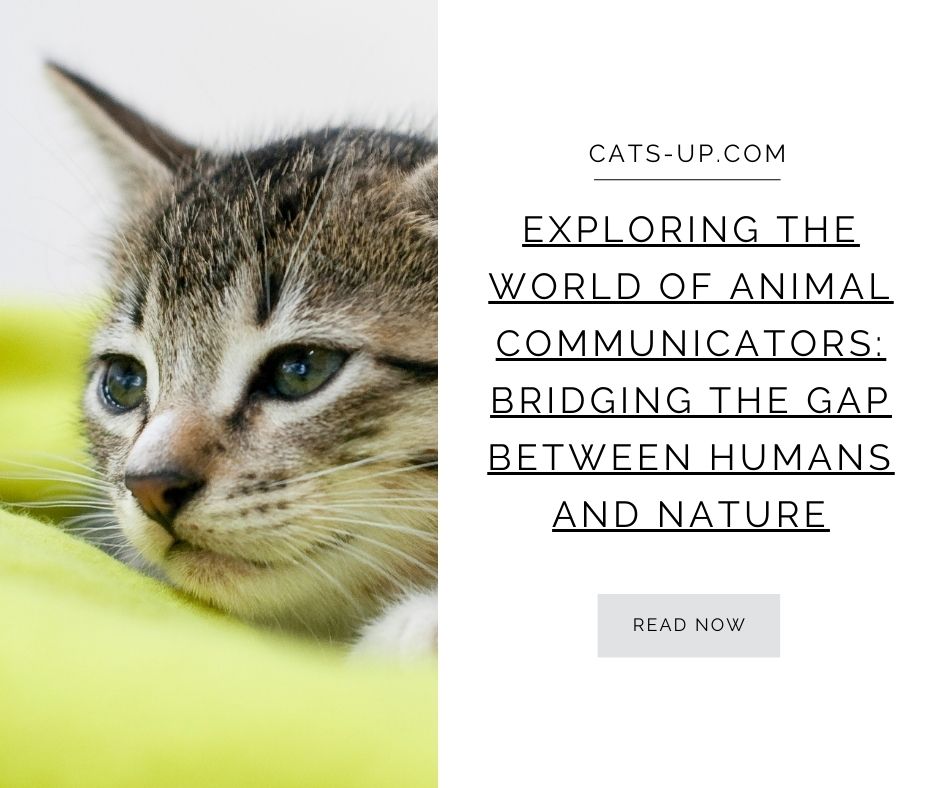Exploring the World of Animal Communicators: Bridging the Gap between Humans and Nature

In the intricate tapestry of life on Earth, animals have always been regarded as enigmatic beings, possessing a language that transcends the spoken word. While humans have long sought to understand and communicate with the creatures that share our planet, a unique profession has emerged that claims to bridge the gap between species: animal communicators. These individuals, often with a deep affinity for animals and a heightened sensitivity to the natural world, assert the ability to connect with animals on a profound level, facilitating communication that goes beyond the realm of human understanding.
What is Animal Communication?
Animal communication is the process of exchanging information between humans and animals through a telepathic or intuitive connection. While traditional communication methods rely on verbal language, animal communicators tap into a universal language that transcends words. This form of communication is often described as a telepathic exchange of thoughts, emotions, images, and sensations between the communicator and the animal.
The Role of Animal Communicators:
Animal communicators claim to be intermediaries, fostering a deeper understanding between humans and animals by interpreting the non-verbal cues and messages emanating from the animal kingdom. These individuals assert that animals communicate not only with each other but also with humans, conveying their thoughts, feelings, and needs.
Some common scenarios where animal communicators are sought include behavioral issues, health concerns, and understanding the preferences of companion animals. Whether it's addressing a sudden change in behavior, helping locate a lost pet, or gaining insight into an animal's well-being, animal communicators aim to provide a unique perspective that traditional methods may not offer.
The Process of Animal Communication:
Animal communicators often describe their process as a blend of intuition, empathy, and telepathy. They claim to quiet their minds, focus on the energy of the animal, and receive information in the form of mental images, emotions, or words. This information is then translated into human language and communicated to the animal's human caretaker.
Critics and Skepticism:
While many individuals swear by the effectiveness of animal communicators, skepticism persists in the scientific and mainstream communities. The lack of empirical evidence supporting the existence of telepathic communication between humans and animals has led some to dismiss the practice as pseudoscience.
Skeptics argue that the success of animal communicators can often be attributed to a combination of astute observation, knowledge of animal behavior, and the power of suggestion. They emphasize the need for controlled, scientific studies to validate the claims made by practitioners in this field.
Ethical Considerations:
The ethical implications of animal communication are a subject of debate. Critics argue that relying on intuitive communication alone may lead to misinterpretations, potentially resulting in misguided actions or decisions regarding an animal's well-being. On the other hand, proponents assert that when used responsibly and in conjunction with conventional veterinary care, animal communication can provide valuable insights and contribute to a holistic approach to animal welfare.
Conclusion:
The world of animal communication remains a fascinating and controversial realm, where the boundaries between science, spirituality, and intuition blur. While the experiences of those who have sought the services of animal communicators are often deeply personal and transformative, the lack of scientific validation continues to cast a shadow of doubt.
As our understanding of animal cognition and communication advances, the role of animal communicators may evolve. Whether viewed as mystics or insightful intermediaries, these individuals continue to spark curiosity and raise important questions about the nature of our connection with the diverse species that inhabit our planet.
What is Animal Communication?
Animal communication is the process of exchanging information between humans and animals through a telepathic or intuitive connection. While traditional communication methods rely on verbal language, animal communicators tap into a universal language that transcends words. This form of communication is often described as a telepathic exchange of thoughts, emotions, images, and sensations between the communicator and the animal.
The Role of Animal Communicators:
Animal communicators claim to be intermediaries, fostering a deeper understanding between humans and animals by interpreting the non-verbal cues and messages emanating from the animal kingdom. These individuals assert that animals communicate not only with each other but also with humans, conveying their thoughts, feelings, and needs.
Some common scenarios where animal communicators are sought include behavioral issues, health concerns, and understanding the preferences of companion animals. Whether it's addressing a sudden change in behavior, helping locate a lost pet, or gaining insight into an animal's well-being, animal communicators aim to provide a unique perspective that traditional methods may not offer.
The Process of Animal Communication:
Animal communicators often describe their process as a blend of intuition, empathy, and telepathy. They claim to quiet their minds, focus on the energy of the animal, and receive information in the form of mental images, emotions, or words. This information is then translated into human language and communicated to the animal's human caretaker.
Critics and Skepticism:
While many individuals swear by the effectiveness of animal communicators, skepticism persists in the scientific and mainstream communities. The lack of empirical evidence supporting the existence of telepathic communication between humans and animals has led some to dismiss the practice as pseudoscience.
Skeptics argue that the success of animal communicators can often be attributed to a combination of astute observation, knowledge of animal behavior, and the power of suggestion. They emphasize the need for controlled, scientific studies to validate the claims made by practitioners in this field.
Ethical Considerations:
The ethical implications of animal communication are a subject of debate. Critics argue that relying on intuitive communication alone may lead to misinterpretations, potentially resulting in misguided actions or decisions regarding an animal's well-being. On the other hand, proponents assert that when used responsibly and in conjunction with conventional veterinary care, animal communication can provide valuable insights and contribute to a holistic approach to animal welfare.
Conclusion:
The world of animal communication remains a fascinating and controversial realm, where the boundaries between science, spirituality, and intuition blur. While the experiences of those who have sought the services of animal communicators are often deeply personal and transformative, the lack of scientific validation continues to cast a shadow of doubt.
As our understanding of animal cognition and communication advances, the role of animal communicators may evolve. Whether viewed as mystics or insightful intermediaries, these individuals continue to spark curiosity and raise important questions about the nature of our connection with the diverse species that inhabit our planet.








Leave a comment